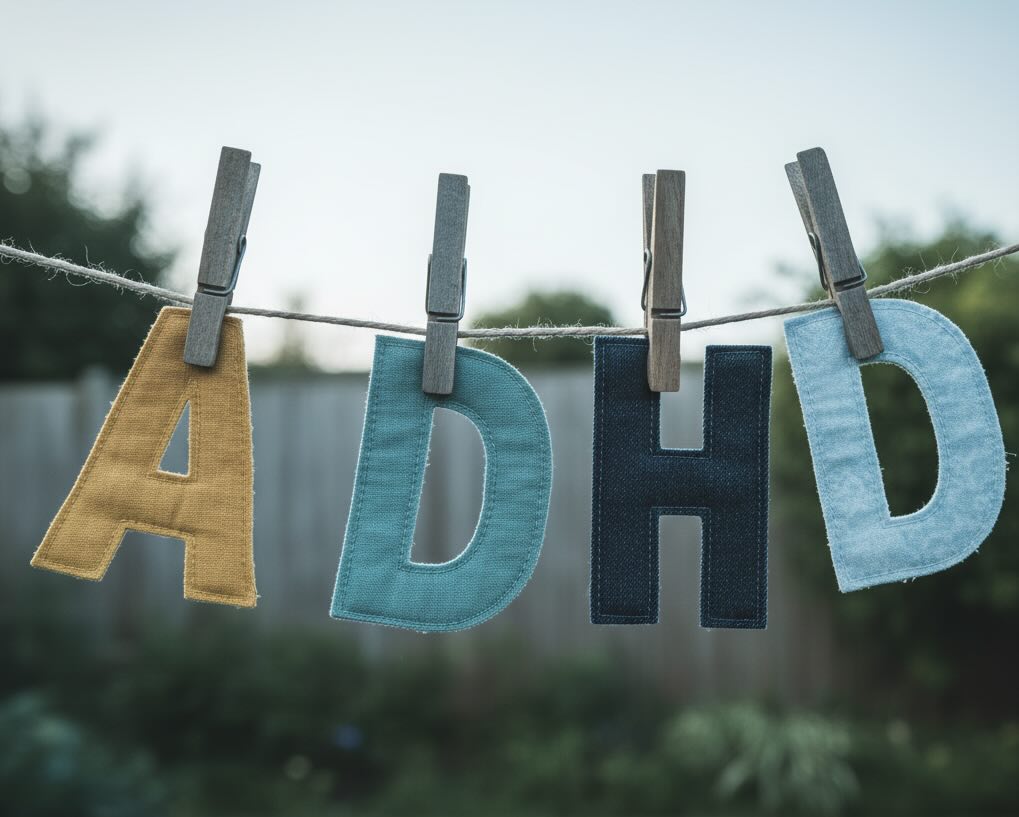What is Generalised Anxiety Disorder (GAD)?
Generalised Anxiety Disorder (GAD) is a treatable mental health condition where worry and tension become persistent and hard to control, often spilling into many areas of life. It’s more than “being a worrier” - the anxiety is frequent, lasts months, and can make everyday tasks harder. Effective therapies and medications exist, and combined with lifestyle improvements, most people feel better soon.
GAD Symptoms
Core symptoms
- Excessive, hard-to-control worry about everyday things (work, health, family) for more than 6 months
- Feeling “on edge,” tense, or keyed up; irritability
- Difficulty relaxing or concentrating
- Sleep problems (trouble falling or staying asleep)
- Physical symptoms such as fatigue, headaches, muscle tension/aches, trembling or twitching, sweating, nausea, lightheadedness, shortness of breath, frequent urination, hot flashes, trouble swallowing
How it may feel day-to-day
- Worry feels constant or returns quickly; “what-ifs” crowd out focus
- Energy drains from poor sleep and muscle tension
- Work, study, and family tasks take longer; decisions feel harder
- Symptoms worsen under stress; better at other times
When to seek help
- Worry most days for months and hard to control
- Noticeable interference with work/school, relationships, or sleep
- Physical symptoms, (e.g. chest tightness, shortness of breath) without a clear medical cause
- You’re using alcohol/drugs to cope
- Concerns about safety or self-harm
How Do You Assess for GAD?
Assessing GAD can be tricky because there are so many overlapping symptoms with other mental health conditions. There are single condition assessment tools but you risk being assessed with GAD when you have another mental health condition. Formal diagnosis should involve a few steps:
- Start with a broad multi-disorder mental health screen: Multi-disorder tools are better than single-disorder checklists at determining if your symptoms are related to GAD, another condition (depression, panic disorder, social phobia, OCD, PTSD, substance use), or a combination.
- Share your screen or assessment report with a psychologist who specialises in the condition(s) you have been assessed with. If they suspect medical causes (thyroid or cardiac issues) or medication/substance effects, they may refer you back to a medical doctor, otherwise they will begin working with you to help with the specific challenges you are facing.
- Getting a formal diagnosis: In some countries you can get a formal diagnosis from a primary care practitioner (GP, family physician, mental health nurse, psychologist), in others you must be referred to a psychiatrist who can diagnose and prescribe. We recommend you follow the care pathway recommended in your country.d
How Do You Treat GAD?
Treatment is very individual and effective care is often multimodal, involving lifestyle changes + therapy + (sometimes) medication.
Lifestyle
- Sleep & routine: Regular sleep/wake times, wind-down routine.
- Movement: Aerobic exercise shows calming benefits.
- Reduce aggravators: Limit caffeine and some OTC cold meds; avoid illicit substances.
- Skills: Breathing, grounding, progressive muscle relaxation, mindfulness.
- Support: Trusted peers/family can help—avoid enabling avoidance.
Talk Therapy
- Cognitive‑behavioural therapy (CBT)/behavioural therapy targets unhelpful thoughts and avoidance and includes exposure to worry cues and skills training. Benefits often outlast medication. Typical course of CBT is about 12 weeks and can be individual or group sessions.
- Other options may include ACT, problem-solving, and psychoeducation integrated into CBT. Psychoeducation involves explaining GAD to you and your close supporters (partner/family/workplace) to align expectations and strategies.
Medication
Anxiety medications reduce anxiety while you build durable skills in therapy; they don’t “cure” anxiety.
Medication classes (generic examples, discuss locally with a prescriber):
- SSRIs/SNRIs: Often first-line; SSRIs (e.g., sertraline, escitalopram) and SNRI venlafaxine for GAD. Effects typically start after ~4–6 weeks; start low, go slow; discuss sexual side-effects and early nausea/jitters.
- Buspirone: For GAD; must be taken consistently for ≥2 weeks to see effect. Possible dizziness, headache, nausea.
- Benzodiazepines: May be used short-term or longer in select cases under careful monitoring; taper—do not stop abruptly. Potential for dependence; drowsiness common.
- Tricyclics/MAOIs: Alternatives in specific scenarios; MAOIs require strict diet and interaction precautions; never combine with SSRIs (serotonin syndrome risk).
Prescribing pathways (who can prescribe anxiety medications) differ in different countries so please follow local guidelines.
Other Treatments
● Group programs/workshops: Skills-based CBT groups or digital CBT.
● Peer supports from others with lived experience of GAD is a useful adjunct but use online advice cautiously as everybody's experience and circumstances are different.
GAD Research
What is the state of the evidence:
GAD arises from interacting genetic, environmental, psychological, and developmental factors. Brain circuits (amygdala–hippocampus) are central in fear/anxiety processing and memory; understanding these systems informs treatments.
Key themes:
- Etiology: Genetic liability interacts with stress/trauma; why some develop chronic anxiety while others don't is under study.
- Neurocircuitry: Amygdala alerts to threat; hippocampus encodes context—both implicated across anxiety disorders.
- Comorbidity: Depression, substance use, and other anxiety disorders are common and affect treatment choice/order.
- Treatment efficacy: Ongoing trials compare medications and behavioral therapies, including for youth with comorbid ADHD.
Methodology caveats:
Many studies use convenience samples; self-report measures vary; replication of research and long-term follow-up remains needed in the field of GAD research.
Books and Resources About GAD
Accessible books referenced in the research base.
- Leahy - The Worry Cure (Practical CBT-based strategies for chronic worry).
- Barlow and Craske - Mastery of Your Anxiety and Worry (MAW) (Therapist-guided workbook, various editions).




